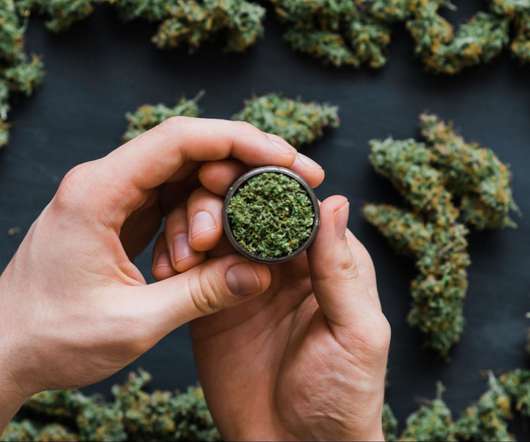AAFP ( American Academy of Family Physicians) Releases Marijuana, Cannabinoids Position Paper
Cannabis Law Report
SEPTEMBER 23, 2019
Due to the Schedule I classification by the Drug Enforcement Agency (DEA), researchers seeking to investigate health effects associated with cannabis must follow a regimented application process. 33 Unintentional exposures to marijuana in children have increased each year since 2012, likely due to legalization policies across the U.S.










Let's personalize your content